Hyundai Nexo hydrogen car steals distance driving record from the French
A hydrogen fuel cell powered Hyundai Nexo has set a new long distance driving record. From civilisation (or its rough equivalent in Australia) all the way to the outback…
I’m pretty sure it’s a breach of the Australian Constitution for any vehicle (which is not a grossly overloaded Hilux dragging a busted arse 3.5-tonne acoustically transparent aluminium shitter) to visit the great Australian without a visa.
So this is a pretty clear violation of the rules by Hyundai. For shame...
Here’s what you had to say in relation to this report: Top 26 questions on Hydrogen Fuel Cell vehicles (FCEVs) answered >>
And even then, the Hilux must be fitted with more than its unmodified mass in (let’s call them) ‘compensatory’ accessories from the corporate welfare cheats at ARB - otherwise even the Hilux needs a visa. (I’m not accusing them of anything illegal. They’re just unprincipled welfare-sucking shitheads - detail here >> )
Anywho - Hyundai-conscripted low-key rally ace Brendan Reeves abandoned his Nexo just shy of DPC, at a place called Eldee Station, just outside Silverton, which is of course where they shot Mad Max 2 all those years ago. Which is just outside Broken Hill, birthplace of BHP, which is well and truly outside anything that could be construed as cultured. Out there, asking to see the wine list, generally doesn’t end well.
This is properly brave stuff. Like, Brendo left a perfectly serviceable capital city (Melbourne) which is arguably Australia’s most civilised city (that’s kinda like saying ‘the world’s best prison dining experience’) anyway, he fucked off and drove an incredible 887.5 kilometres to the east bank of Dingo Piss Creek, near Eldee Station.
In doing so he - and by ‘he’ I mean ‘the car’ - managed to turn 6.27 kilos of hydrogen gas into about 60 litres of water, by recombining it with atmospheric oxygen, deep inside the bowels of the fuel cell. Which is kinda how fuel cells roll in order to make electricity to power the vehicle, in this case through a cultural void.
Brendo’s effort, averaging a staggering 66.9 kilometres per hour for 13 straight hours through the Great Australian Fuck-all (or GAFA, to which it is colloquially referred) … Brendo’s effort eclipses a French dude’s previous record, also in a Nexo, of 778 kilometres, between two unpronouceable wine and fois gras hotspots, up there.
The low speed, of course, is simply to reduce aerodynamic drag and boost range. The car can go faster than that, obviously.
Dudes from Hyundai there. Personally I wouldn’t want to be among the 33 adults in a room testing all that purified air, verifying that hypothesis - it is kinda depleted of oxygen, after all. Maybe it’d be OK. I just don’t want to be that particular lab rat.
I did ask them about this alleged purification, because it was starting to smell like ARB’s decision not to repay JobKeeper. But apparently it is a true and valid claim.
Nexo does suck atmospheric oxygen gas out of the air, but only after passing through some pretty advanced filtration in three stages designed to remove ultra-fine PM2.5s as well as sulphur-oxide and nitrogen-oxide gasses - apparently these are retained and not just pooped out the back, en route.
So the vehicle itself is something of an air purifier. Confirmed! (Eat purified air, Technoking.)
Officially the Nexo has a somewhat satanic range of 666 kilometres, based on the WLTP cycle, and which you can ‘game’ just the same as in a hydrocarbon-powered car, if you use hyper-miling driving techniques. Pump up the tyres, drive slow and gentle, kind of thing. I’ve driven from Darwin to Adelaide twice, like that. It’s just like a valium overdose that never ends, subjectively.
Independent oversight of the test was provided by the RACV, which sealed the tank in what could loosely be described as ‘civilisation’ at Essendon. And the seal integrity was verified against a backdrop of duelling banjos, creekside, by the NRMA. But everyone got out alive, mostly.
So, look, what this demonstrates is that Hydrogen fuel cell vehicles like the Nexo can literally go the distance. And if there were refuelling infrastructure in place at places like Dingo Piss Creek (there isn’t, but if there were) you could refuel in 3-5 minutes and head home - before the locals or the venomous reptiles, or melanoma, or dehydration, or heat stroke, gets you. So that’s nice.
And this is the fundamental problem with hydrogen. There’s no infrastructure, despite Shitsville being the ideal place to roll it out.
Presently there are three refuellers - Toyota has one in Melbourne, Hyundai has one in Sydney, and the ACT Government has one in Canberra.
And the dirty little secret about hydrogen is that it’s really only a clean, defensible solution for transportation if you make it by electrolysing water using renewables.
MORE REPORTS ON ELECTRIC VEHICLES, HYDROGEN, AND BATTERIES
The truth about EVs, long-distance driving & regional recharging >>
How green are hydrogen fuel cells? >>
2021 BMW 330e plug-in hybrid: the definitive review and buyer's guide >>
Answering your electric vehicle questions (after 10,000km in a Kona EV) >>
Cobalt Blues: Mythbusting your comments about cobalt in EV batteries and fuel >>
Scott Morrison, the car industry and the ‘zero emissions’ lie >>
12 things I've learned after driving an electric car 9000km >>
Tesla fan boys destroyed: Part 3 - Allegedly superior tech >>
I just designed the perfect real-world EV: Tell me I'm wrong >>
My AutoExpert AFFORDABLE ROADSIDE ASSISTANCE PACKAGE
If you’re sick of paying through the neck for roadside assistance I’ve teamed up with 24/7 to offer AutoExpert readers nationwide roadside assistance from just $69 annually, plus there’s NO JOINING FEE
Full details here >>
The Nexo Step
Normal industro-type hydrogen gas is made by steam reforming methane, which is a ridiculously inefficient (but fairly cost-effective) process. It also emits a shit-tonne of CO2. That’s fine, I guess, if you need hydrogen gas for an industrial-typre process, like making the glass for flat-screen TVs or something.
But it’s absurd if you use hydrogen gas for transportation, because of the second law of thermodynamics, which is a big hurdle. Without boring you with the physics, every time you do a process, you lose available energy. Therefore, if all you want to do is transport, you’d be better off just burning methane, instead of converting methane to hydrogen and then oxidising it in a fuel cell.
Fewer processes just burning methane - therefore, more available energy. It’s kinda how the universe rolls. It’s also probably greener from a greenhouse perspective.
See, if you use industro-type hydrogen for transport, there’s really very little to no greenhouse benefit, because of the emissions from making the hydrogen - which come directly from the methane, and also indirectly from heating the whole process - like, step one doesn’t occur until you get to 1100 degrees C, and the heat’s gotta come from somewhere.
And unfortunately, despite having a big fat solar array on the roof of its headquarters in Macquarie Park in Sydney, and despite the hydrogen refueller on the tarmac out the back, even Hyundai just trucks in bottles of industro-type hydrogen - and that means filthy hydrogen for an otherwise clean process.
So, here’s how this could work: Rooftop solar powers an onsite electrolyser, which separates water into hydrogen gas and oxygen gas. You collect both, separately (easy). You sell the oxygen gas. You store the Hydrogen in a big bottle onsite at about 12,000psi. And you stick it in a fleet of Nexos.
This is all doable. Off the shelf. Easy. Not even that expensive. In fact, this is how the ACT’s refueller rolls. The government one. But not even Hyundai - which has tremendous skin in the hydrogen game - not even Hyundai has been able to justify putting an electrolyser in place onsite, where of course it would be a clean, green beacon to businesses and governments alike.
They’ve been talking about it for years now - years - which is not the same thing as actually doing it.
Like, would it not be a huge plus to say: Check this out, dudes. Clean, green and totally sustainable. Vehicles and the fuel, off the grid, for ever. Sign here.
This is not new tech. NASA used fuel cells in Apollo. I first drove a Hyundai fuel cell car (an ix35) in South Korea in 2010. It was an experimental prototype. Nexo is here now, 11 years later. But if Hyundai itself cannot commit to manufacturing the hydrogen onsite, off the grid … imagine how difficult an ask this is for businesses without the same commitment to the tech.
Carmakers, of course, are not fuel companies, traditionally. Typically, this is because of the inconvenience of owning an oil field in Azerbaijan, or something, and a refinery and all that shipping. But hydrogen is different. It’s decentralised. It does not involve undersea drilling and otherwise millions in capital investment. And Australia could be a hydrogen superpower. Hydrogen could literally make Australia less shit.
A tank of compressed hydrogen made in this way is stored solar energy, basically. It’s a way of tapping into photovoltaic energy when the sun’s not shining - like, overnight. Water is prolific. It’s the only input.
Sunlight is prolific - it’s the only energy source that can match hydrocarbons. But there has to be a working example for people to come and see, especially as CEOs and politicians are typically such emphatically dumb shits.
So, I’d suggest, now that we’ve got the excursion to Dingo Piss Creek out of our system. (And well done there.) But now we’ve got that record, I really would like to see Hyundai Shitsville roll out a proper off-grid hydrogen fueller in Sydney, and show the politicians and CEOs just how achievable this is.
Because we proud sons and daughters of convicts are in living the corner penthouse of sunlight central, and hydrogen can do the one thing batteries cannot - which is: Be rolled out at scale. And the company that gets this right will become the Coca-Cola of hydrogen fuel cell mobility, which is a big chunk of the transportation future.
There’s a big win at stake here. Certainly one worth a couple of hundred thousand bucks for a pissy little high-pressure electrolyser. Especially as we’re all going to be judged on this by the next generation, and the one after that.
So I ask you, as your next Pry Mincer: Do you think Hyundai can Make Australia Less Shit in this way, and take hydrogen refuelling off the grid? Divorced from methane? What are the odds? Let me know in the comments below.




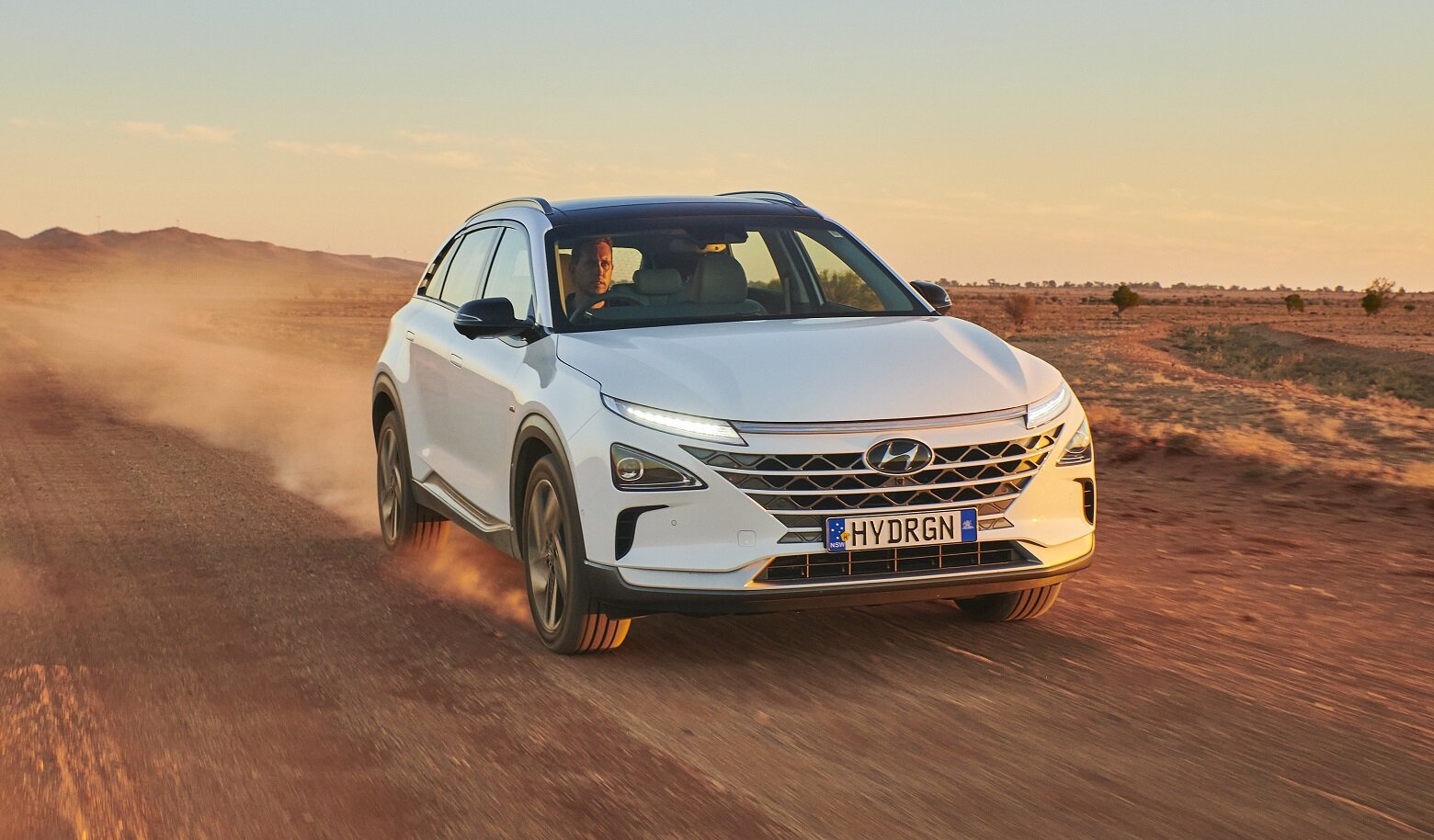
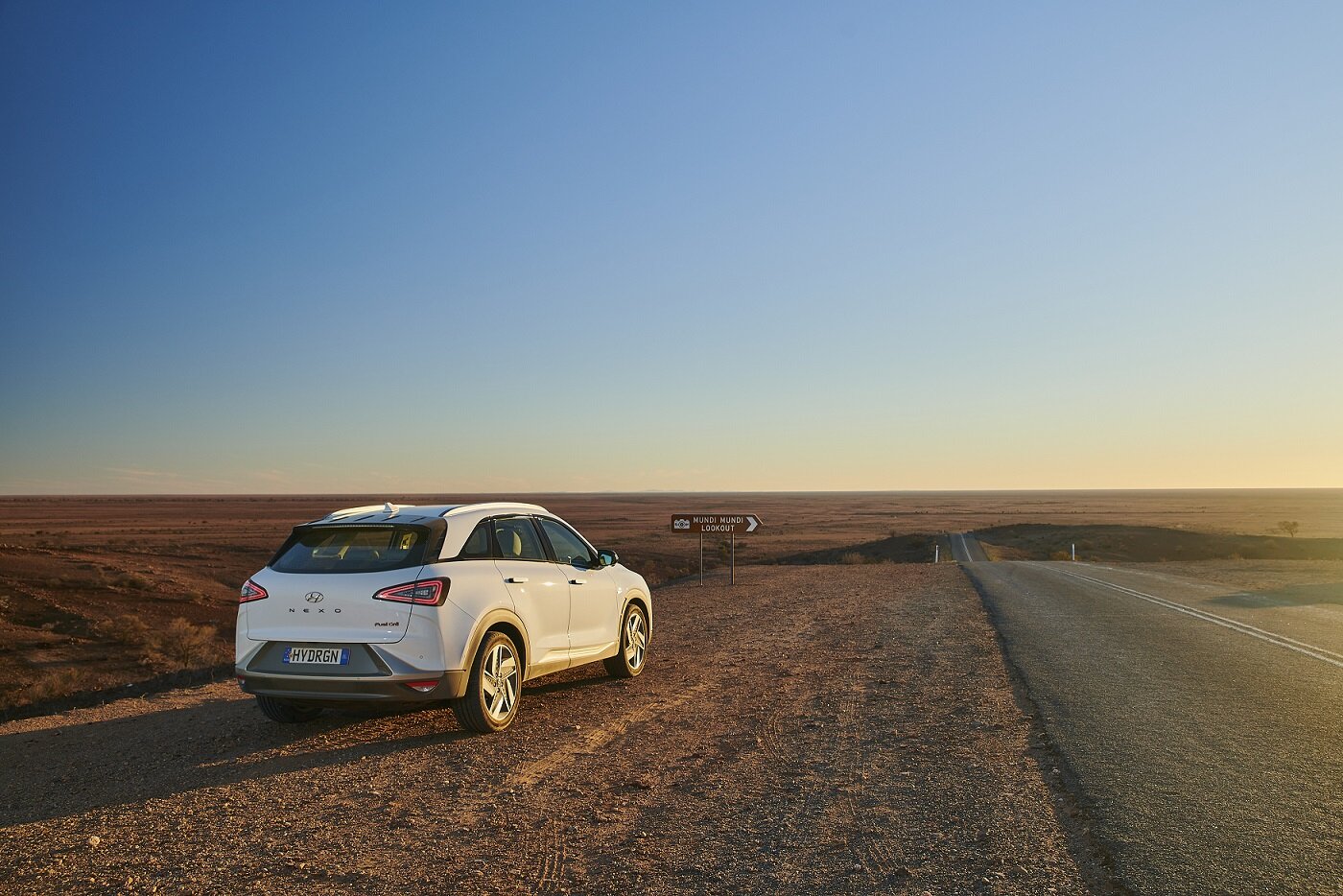
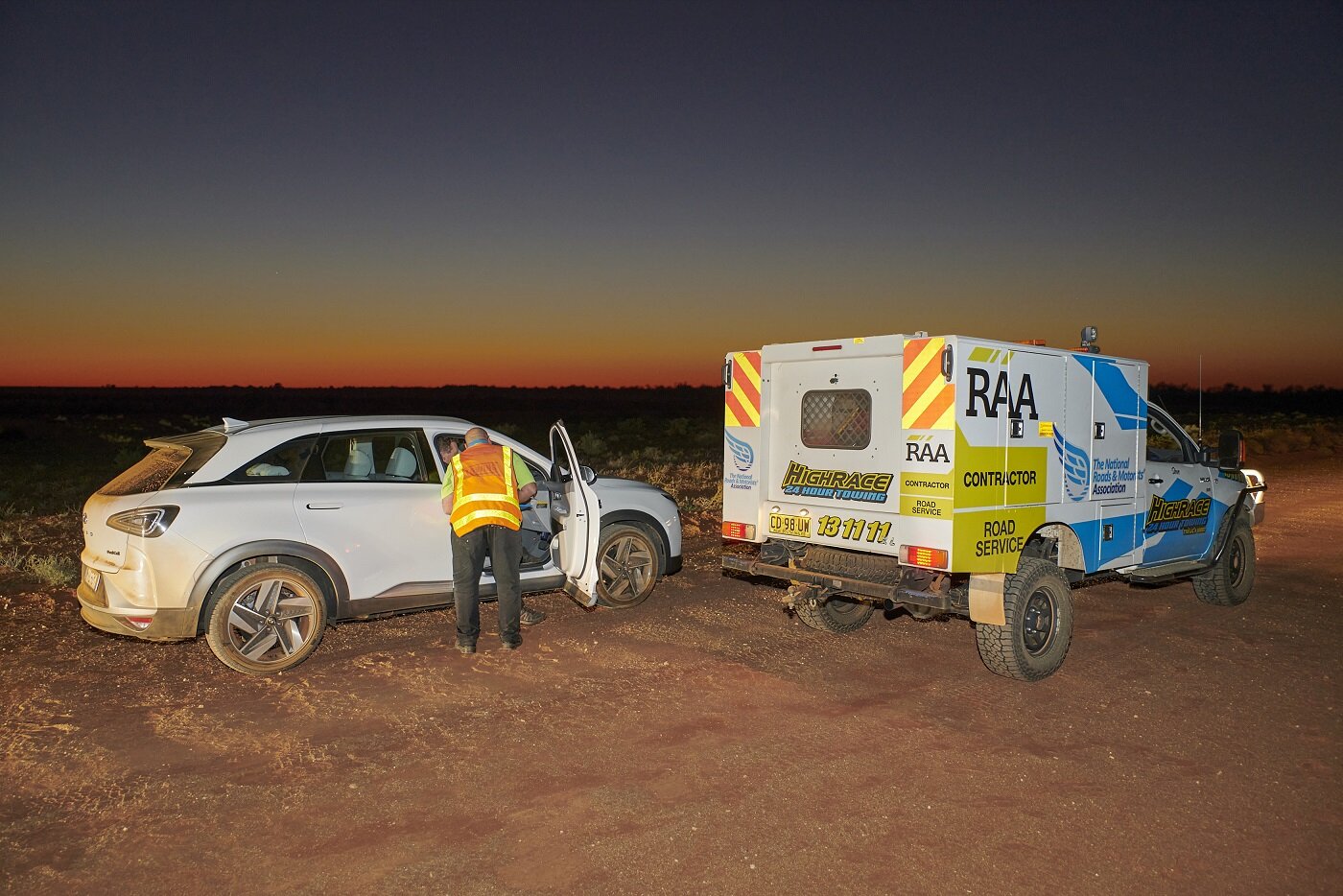
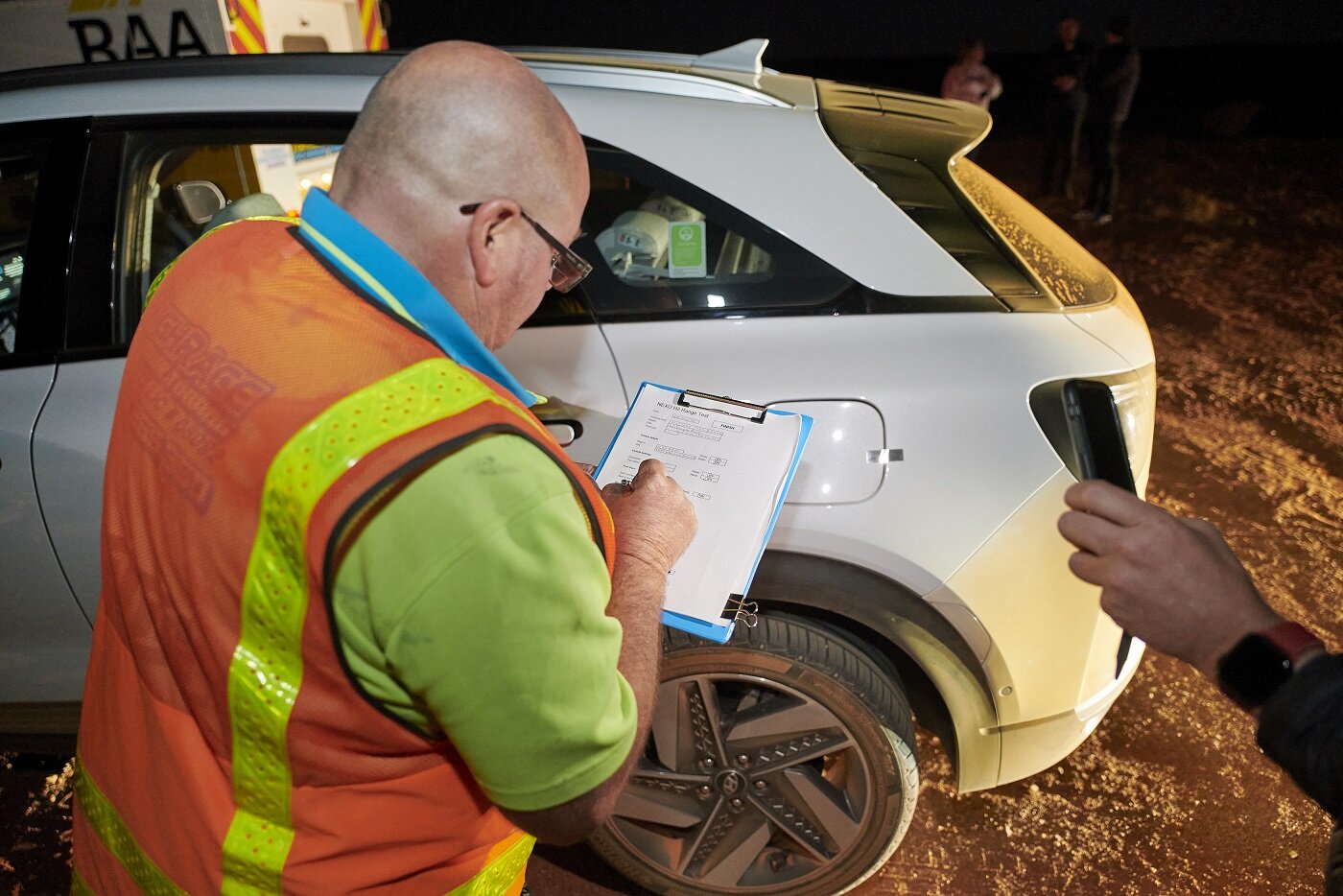

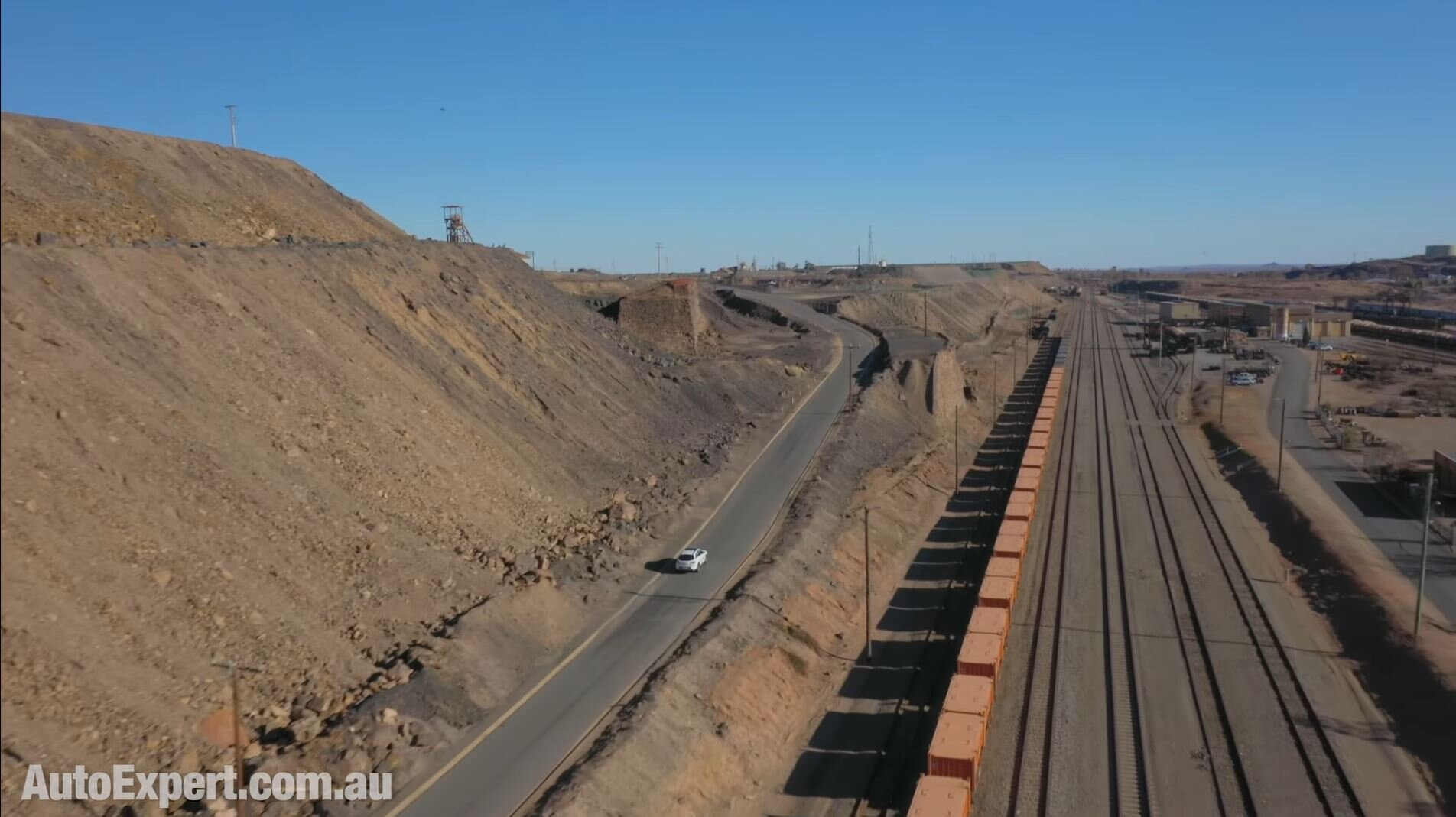
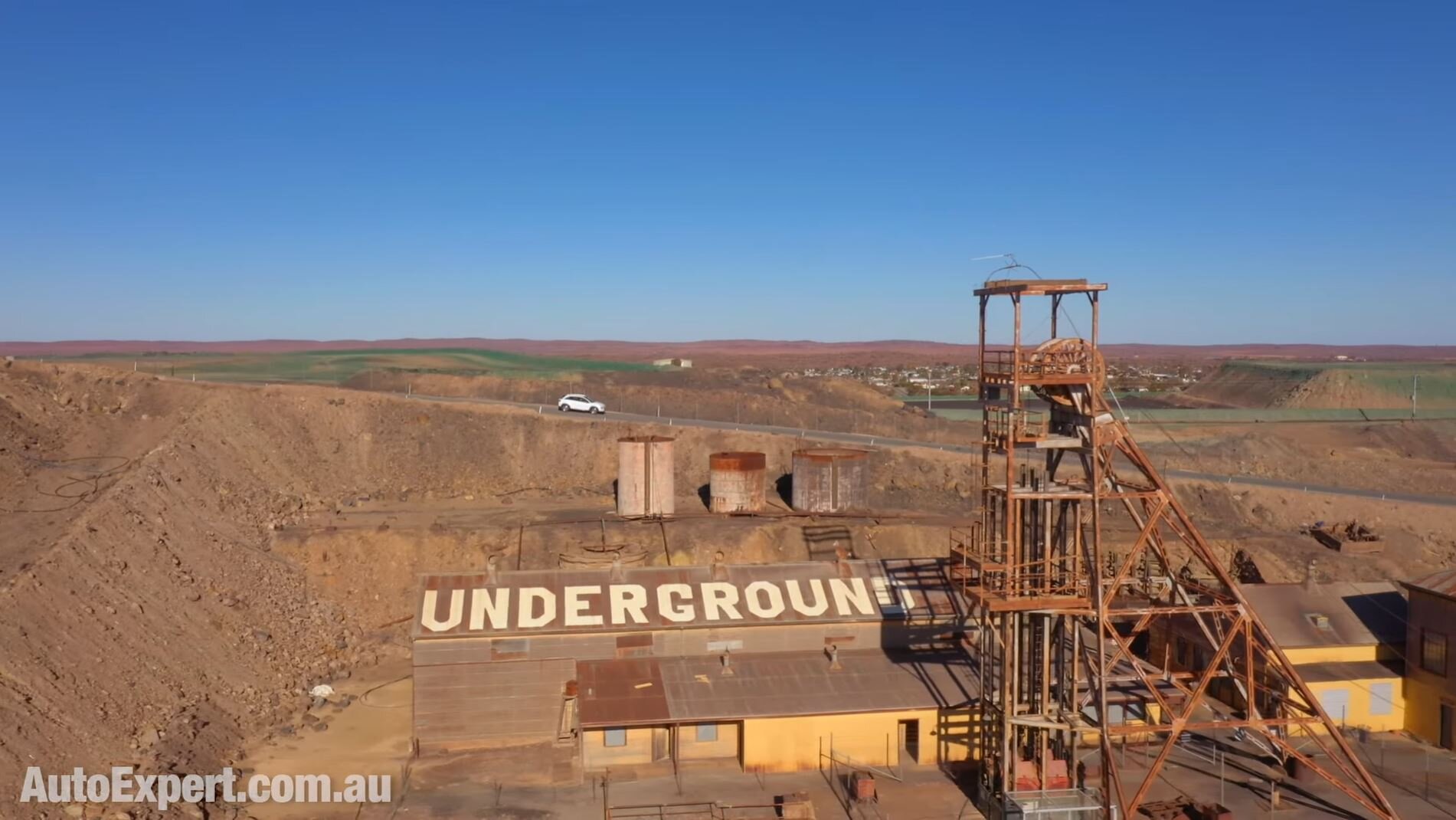

















Internet experts will tell you there’s much nastier, toxic gases in car exhaust than carbon dioxide. But is that true? Here’s why the trolls in the comments section are both right and wrong…